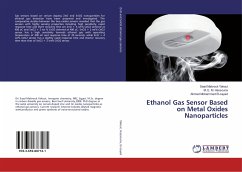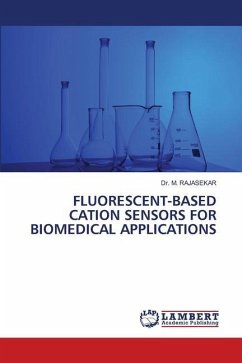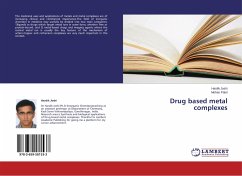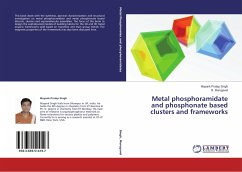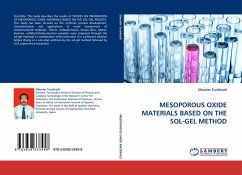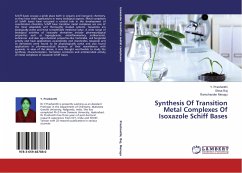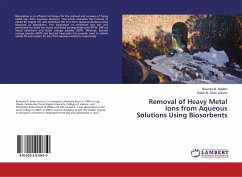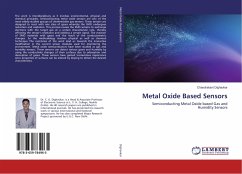
Metal Oxide Based Sensors
Semiconducting Metal Oxide based Gas and Humidity Sensors
Versandkostenfrei!
Versandfertig in 6-10 Tagen
41,99 €
inkl. MwSt.

PAYBACK Punkte
21 °P sammeln!
The work is interdisciplinary as it involves environmental, physical and chemical principles. Semiconducting metal oxide sensors are one of the most widely studied groups of chemiresistive gas sensors. These sensors are designed to react with one class of gases whereby the SMO undergoes reduction and oxidation. This process causes the SMO sensors to exchange electrons with the target gas at a certain characteristic rate, thereby affecting the sensor's resistance and yielding a certain signal. The reaction of SMO materials with gases and the result of the conductometric changes. So the methodol...
The work is interdisciplinary as it involves environmental, physical and chemical principles. Semiconducting metal oxide sensors are one of the most widely studied groups of chemiresistive gas sensors. These sensors are designed to react with one class of gases whereby the SMO undergoes reduction and oxidation. This process causes the SMO sensors to exchange electrons with the target gas at a certain characteristic rate, thereby affecting the sensor's resistance and yielding a certain signal. The reaction of SMO materials with gases and the result of the conductometric changes. So the methodology involves physical as well as chemical technique. The outcomes of the work lead us towards the innovative modification in the current sensor modules used for monitoring the environment. Metal oxide semiconductors have been studied as gas and humidity sensors. These sensors can detect various gases and humidity by using the conductivity changes of their surfaces due to adsorption and desorption of gases. These sensors have gained tremendous importance since properties of surfaces can be altered by doping to obtain the desired characteristics.



